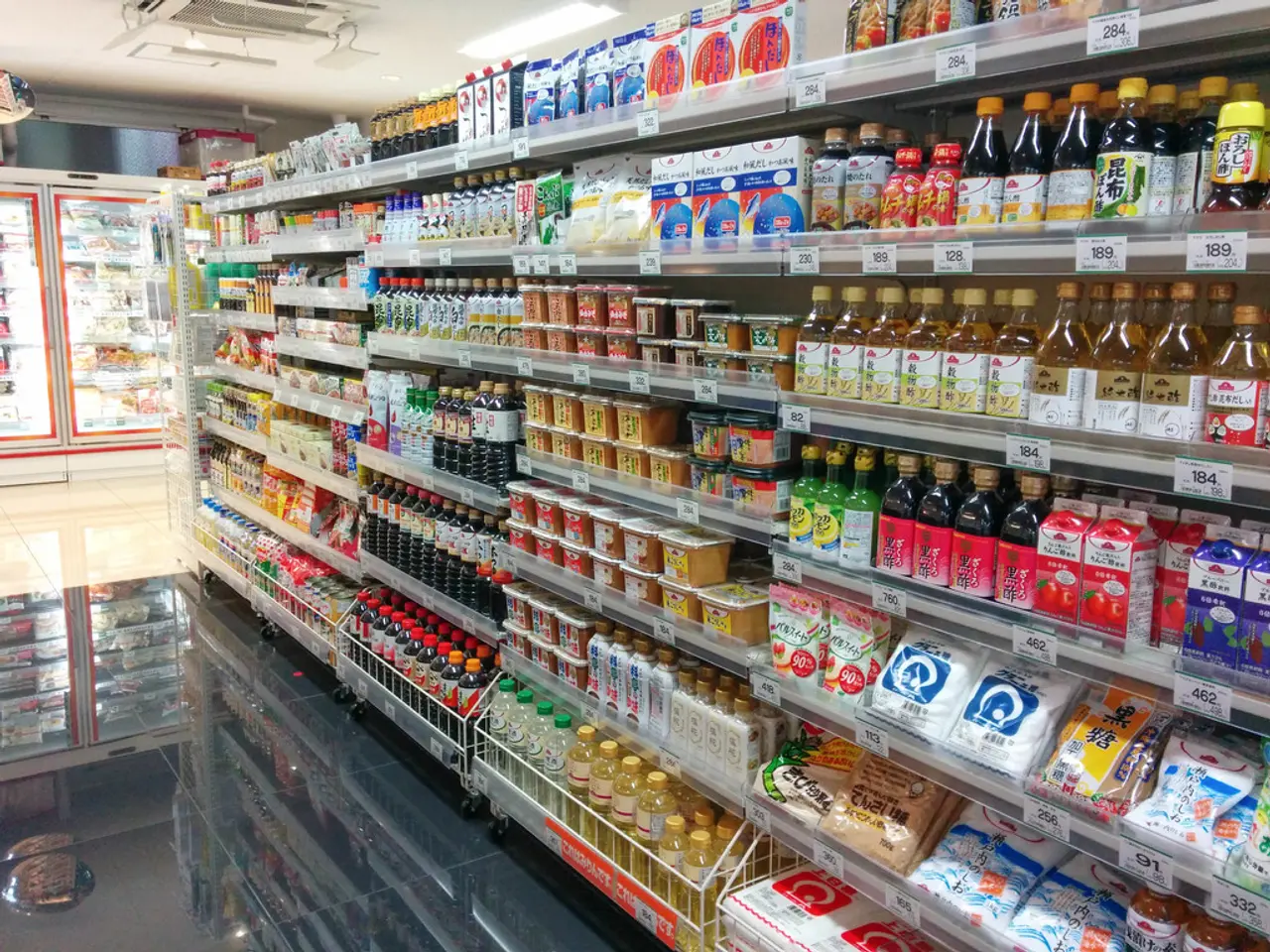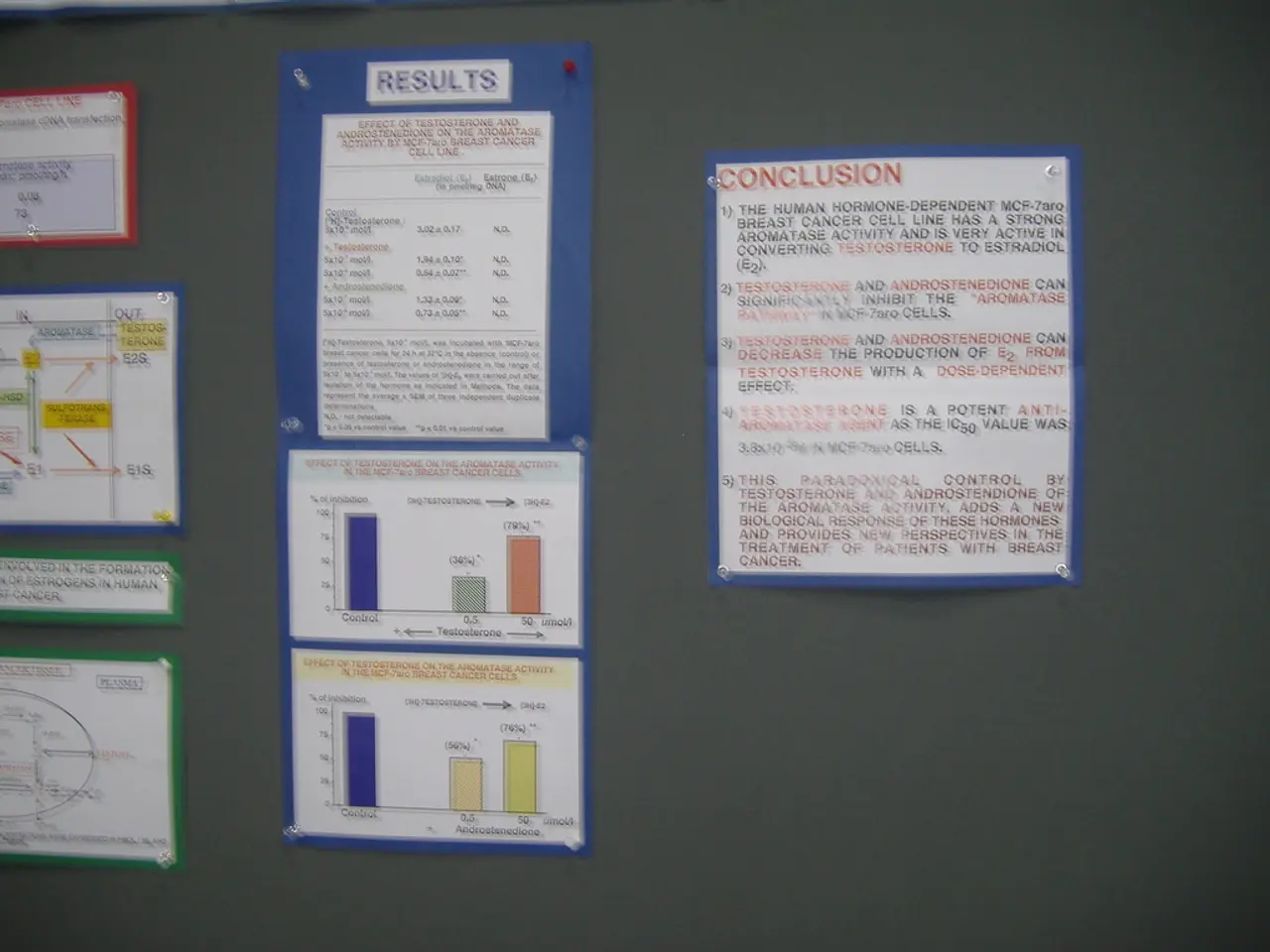Trump unveils trade agreement with Japan, lowering the potential tariff to 15%
In a significant development, President Trump announced a trade framework with Japan on Tuesday, marking a new chapter in economic relations between the two nations. The agreement, which comes after months of negotiations, includes a reduced tariff of 15% on Japanese imports, a concession from the initially proposed 25% rate.
The tariff reduction affects various Japanese goods, including automobiles, but steel and aluminum remain excluded and continue to face a 50% tariff. In response, Japan has committed to investing $550 billion in the United States, targeting critical sectors such as semiconductors, pharmaceuticals, steel, shipbuilding, critical minerals, energy, automobiles, and artificial intelligence.
The investment represents new capital and builds on prior commitments Japan made to increase its U.S. investments to $1 trillion earlier in 2025. Additionally, Japan will purchase $8 billion in U.S. goods, including corn, soybeans, fertilizer, bioethanol, and sustainable aviation fuel.
The agreement offers Japan relief from the steepest tariffs but maintains a higher-than-normal tariff rate. The deal has mixed but strategically significant implications for the auto and agricultural sectors, including potentially the rice market, albeit indirectly.
While direct tariff changes on rice were not explicitly detailed, Japan's $8 billion commitment to purchase U.S. agricultural products suggests a willingness to expand agricultural imports, which may have downstream effects on Japan's domestic rice market.
The reduction of tariffs from 25% to 15% somewhat alleviates the financial pressure on Japanese automobile exporters like Toyota, Honda, and Subaru, but the export costs remain significant due to the tariffs still being above previous levels.
The trade framework also includes the U.S. running a trade imbalance of $17.9 billion with Indonesia and an imbalance of $4.9 billion with the Philippines. Both nations are less affluent than the U.S., meaning America imports more from those countries than it exports to them.
The agreement fits a pattern of President Trump portraying tariffs as a win for the U.S., a stance that has produced uncertainty in the stock market. However, stocks have hit more records following the U.S.-Japan trade deal. The Trump administration's trade policies continue to be a topic of discussion, with the administration having a separate negotiating period with China that runs through Aug 12, and the EU scheduled to visit Washington for trade talks on Wednesday.
Treasury Secretary Scott Bessent will meet with his Chinese counterparts in Stockholm next Monday and Tuesday. The United States will continue to have a relationship with Japan, a fact acknowledged by Japanese Prime Minister Shigeru Ishiba.
[1] "U.S.-Japan Trade Agreement: What's in the Deal and What Does it Mean for the Auto Industry?" (Source) [2] "U.S.-Japan Trade Agreement: An Overview" (Source) [3] "U.S.-Japan Trade Agreement: Implications for the Agricultural Sector" (Source) [4] "U.S.-Japan Trade Agreement: A Look at the Investment Commitments" (Source)
- The U.S.-Japan trade agreement has significant implications for various businesses, as Japan has pledged to invest $550 billion in critical sectors such as automobiles, semiconductors, steel, shipbuilding, pharmaceuticals, energy, and artificial intelligence within the United States.
- Despite the tariff reduction on Japanese imports from 25% to 15%, the financial pressure on automobile exporters like Toyota, Honda, and Subaru remains significant due to the tariffs still being above previous levels.
- The trade agreement also involves Japan committing to purchasing $8 billion in U.S. goods, including agricultural products like corn, soybeans, fertilizer, bioethanol, and sustainable aviation fuel. This commitment may have downstream effects on Japan's domestic rice market, despite direct tariff changes on rice not being explicitly detailed.




